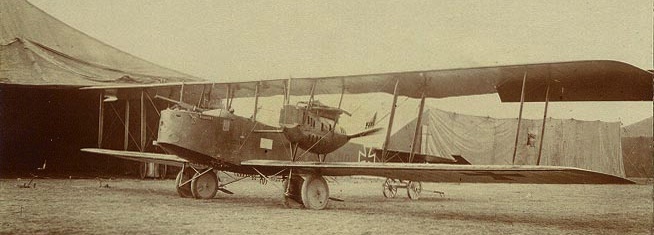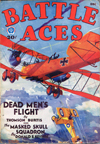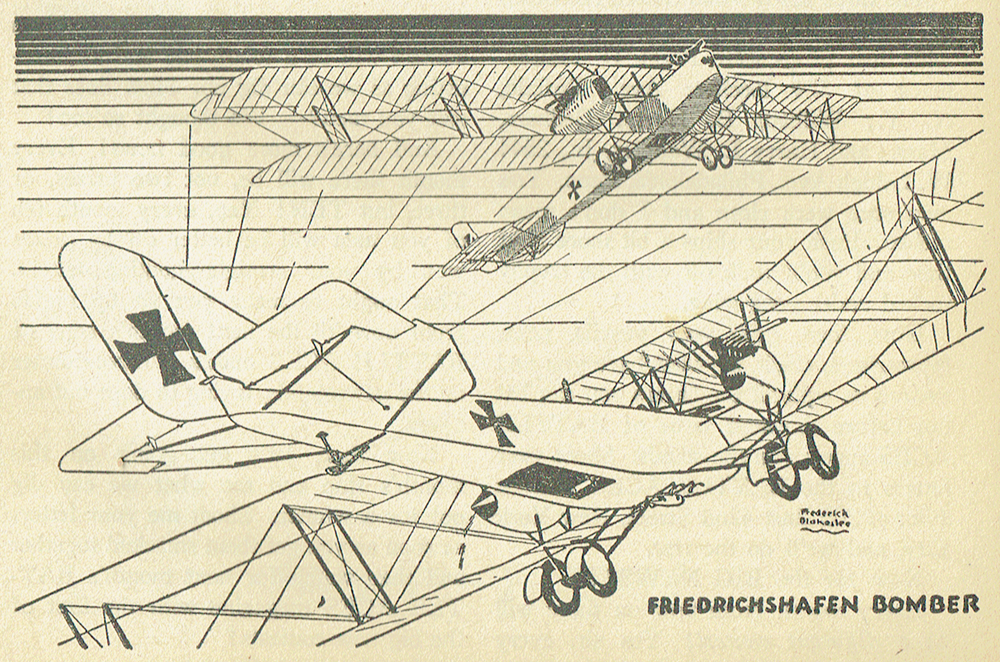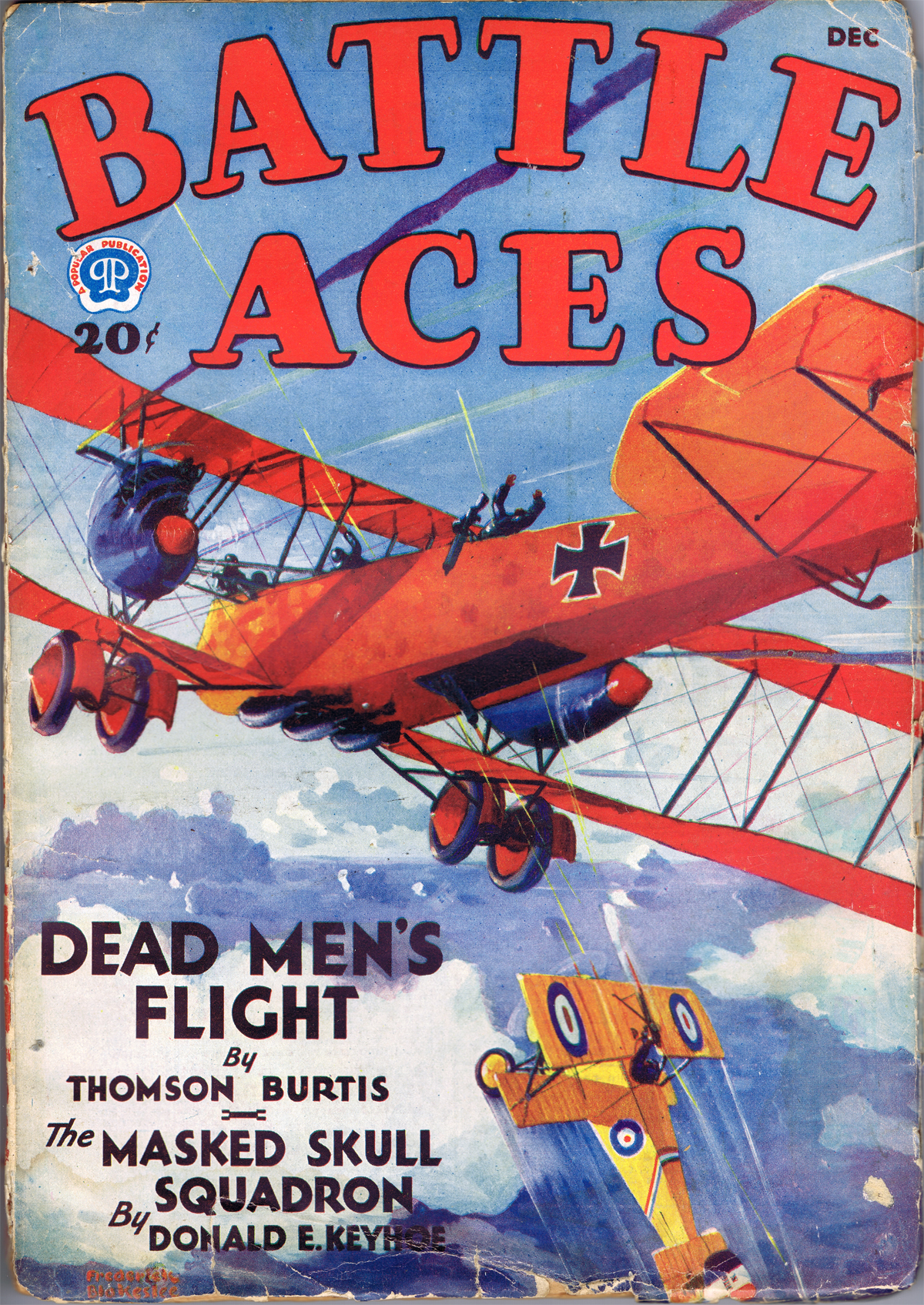By 1975, Ralph Oppenheim’s Magic Puppet World had been going strong in the Poconos. One thing leads to another, and as with most things in his life, Ralph had veered off in a new direction—furniture making.
Magic Puppet World turning to furniture world, too
The Pocono Record, The Stroudsburgs, PA • 2 August 1975
|

Ralph Oppenheim finishes handmade chair in his barn workshop.
|
SCIOTA – Always at work on another project. Ralph and Shirley Oppenheim have patience.
They have a reputation for creating fascinating mechanized puppet shows but they have turned their talents lo making hand-tooled furniture, including luxurious dog beds.
They always seem to get involved in time-consuming projects. First it was puppet shows that take months of delicate adjustments and modifications before the figures act flawlessly. The latest is the construction by hand of a 26-piece dog bed wilh a modern art design. The project took three weeks.
The Oppenheims are asking $1,000 for the bed. They have beds of several designs on sale at the Animal Gourmet, a restaurant for dogs in New York City.
The furniture for humans appeals to people of more modest means. They are making tables, stools and chairs just as they were made in early America. No power tools are used to shape the wood and neither nails nor screws are used to piece it together.
All of the furniture is made with pine, either clear, knotty or Southern. It is fitted together with blind pegs. Like the other work the Oppenheims do, they design the furniture together. Ralph does the carpentry and Shirley does the finishing.
“You rarely see furniture that someone puts any artistry into.” Shirley said.
The furniture-making started after people saw their dog beds and suggested they make furniture for people too. Oppenheim, 68, has been a skilled carpenter and tinkerer with machines for years.
After World War II, Oppenheim gave up a career writing Fiction for pulp magazines to put together puppet shows, the thing that really interested him.
Mrs. Oppenheim helped out and 11 years ago they opened the Magic Puppet World. The attraction, on Bus. Rte. 209 between Snydersville and Sciota, was oriented toward children until a few years ago.
Then, the Oppenheims started working on a series of displays of modern sculptures in motion. To their surprise, their original art-in-molion creations appealed to children as well as adults.
|

Hand-carved statue of modern design.
|
Because of the changes, the place was renamed the Oppenheim Gallery and Puppet World. Oppenheim describes the new sculptures as expressionistic studies in motion. They are much more abstract and sophisticated than the earlier more conventional pieces.
“We feel we haven’t completely developed it even now,” Oppenheim said. They will continue to make mechanized pieces when their attention is diverted from the furniture they are making now.
“Whatever we are doing at the time seems the most important.” Oppenheim said.
The early pieces are miniature shows. Lasting about a minute, the two- and three-inch high figures move and interact on a stage, their movements guided by an intricate network of fine silk threads.
Five of the shows are circus acts. The rest are children’s storybook scenes. An aerobatic act and an assembly line of a sausage factory are among the shows. A half dozen figures guided by 25 or 30 strings, each with a specific purpose, comprise each show.
The first one made was an animal circus act. It uses a motor-driven rotating cylinder with cams that push levers connected strings that manipulate the figures. The cylinder rotates once, taking about a minute, to create all of the movement of the figures.
To design such a piece, it is necessary lo plan the motion of several figures at once and prevent all of the strings from becoming tangled.
“By the time you get finished, you have to go back and do it over again, usually,” Oppenheim said. He slowly became experienced in selecting motors and other parts for the displays, accepting advice from parts dealers.
Oppenheim began the work without any mechanical training. Computer experts vacationing in the area who stopped to see the show told Oppenheim that the cam design is similar to cam designs used in some modern computers, Oppenheim said. They assumed he had some background in engineering, which he does not have, Oppenheim said.
“When it came to these things, I didn’t even know about gears, how they work,” Oppenheim said. “It was all trial and error up to a point.”
In one of the shows, a lion tamer sticks his head in a lion’s mouth. In another, a balerina walks down stairs and her partners dance. All are coordinated to music, accomplished originally with use of a stop watch.
“It took three months to get her to walk down the stairs to the tune of the music,” Oppenheim said. “The entire piece took over a year to make” working off and on, he said.
Major industries, including the Ford Motor Company, AT&T and Westinghouse, several years ago contracted with the Oppenheims to custom make puppet shows for display at trade conferences, museums and at the New York World’s Fair in 1964-65.
Always, they would work together, sometimes day and night for weeks, to complete the projects on time, they said.
“Both of us tear each other’s work apart and it really becomes a collaboration.” Mrs. Oppenheim said. She attended Cooper Union, a New York City art school, majoring in design.
Recently, the Oppenheims discontinued making ceramic and copper jewelry. They had no time for that project along with all of the others they have going.
With Ralph’s death in August 1978, Shirley closed up the Oppenheim Gallery and Puppet World and moved back to New York City to be near family. She passed away in 2006.
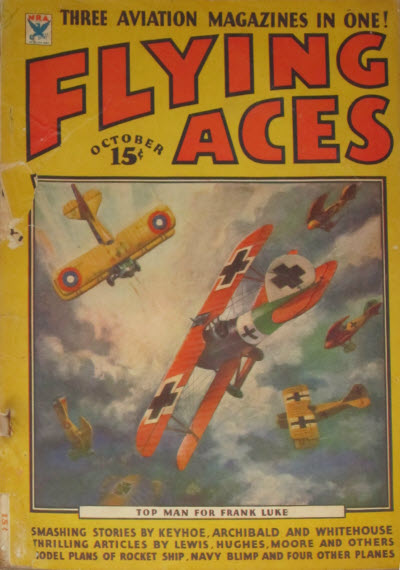 angle worm, according to the old maxim, will turn and put up its dukes when sorely beset. The lowly worms of this story, of course, are the buzzards of Major Rufus Garrity’s Ninth Pursuit Squadron. Their tormenter, Lieutenant Phineas Pinkham, born on April Fool’s day, cradled in conjury and reared in raillery, perhaps had never heard about the deceptiveness of the proverbial worm. A worm had never kicked back at the amazing, freckle-faced, buck-toothed pilot from Boonetown when he was attaching it to the end of a fishhook. Nevertheless, Phineas should have known that he who lives by the sword will sooner or later get a taste of cutlery.
angle worm, according to the old maxim, will turn and put up its dukes when sorely beset. The lowly worms of this story, of course, are the buzzards of Major Rufus Garrity’s Ninth Pursuit Squadron. Their tormenter, Lieutenant Phineas Pinkham, born on April Fool’s day, cradled in conjury and reared in raillery, perhaps had never heard about the deceptiveness of the proverbial worm. A worm had never kicked back at the amazing, freckle-faced, buck-toothed pilot from Boonetown when he was attaching it to the end of a fishhook. Nevertheless, Phineas should have known that he who lives by the sword will sooner or later get a taste of cutlery.






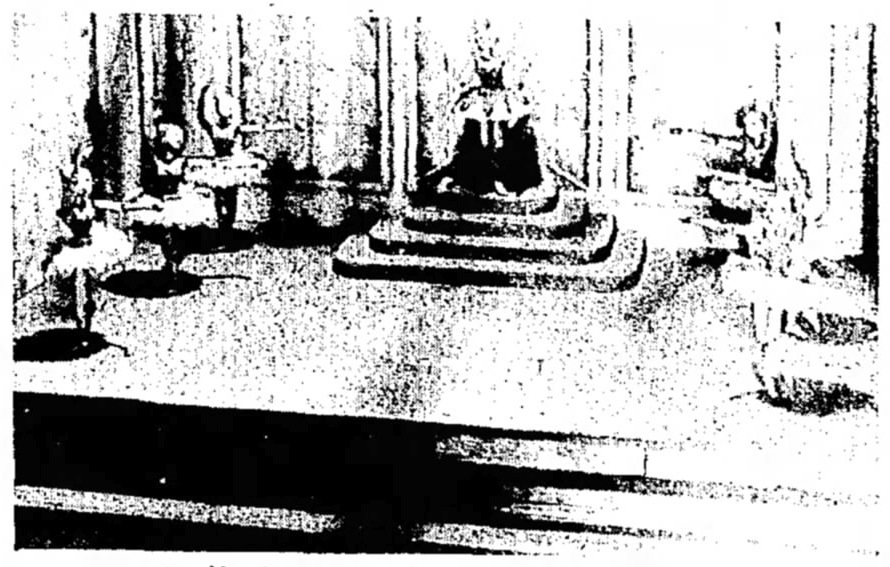
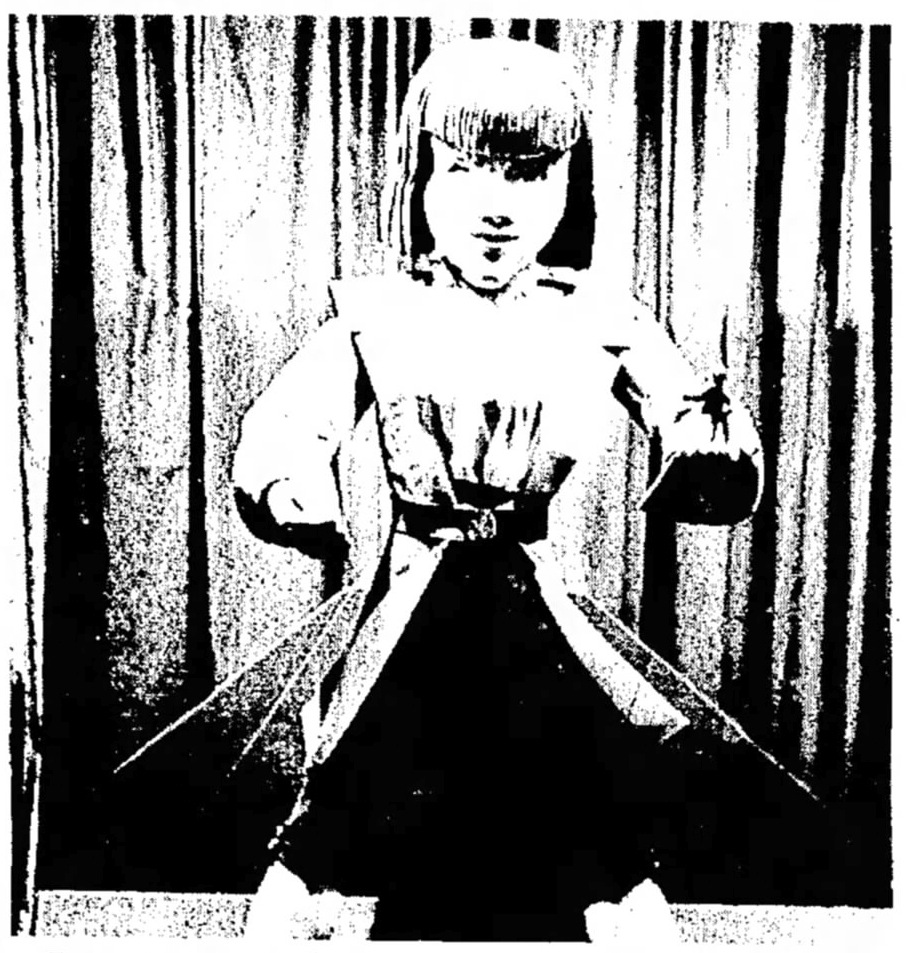
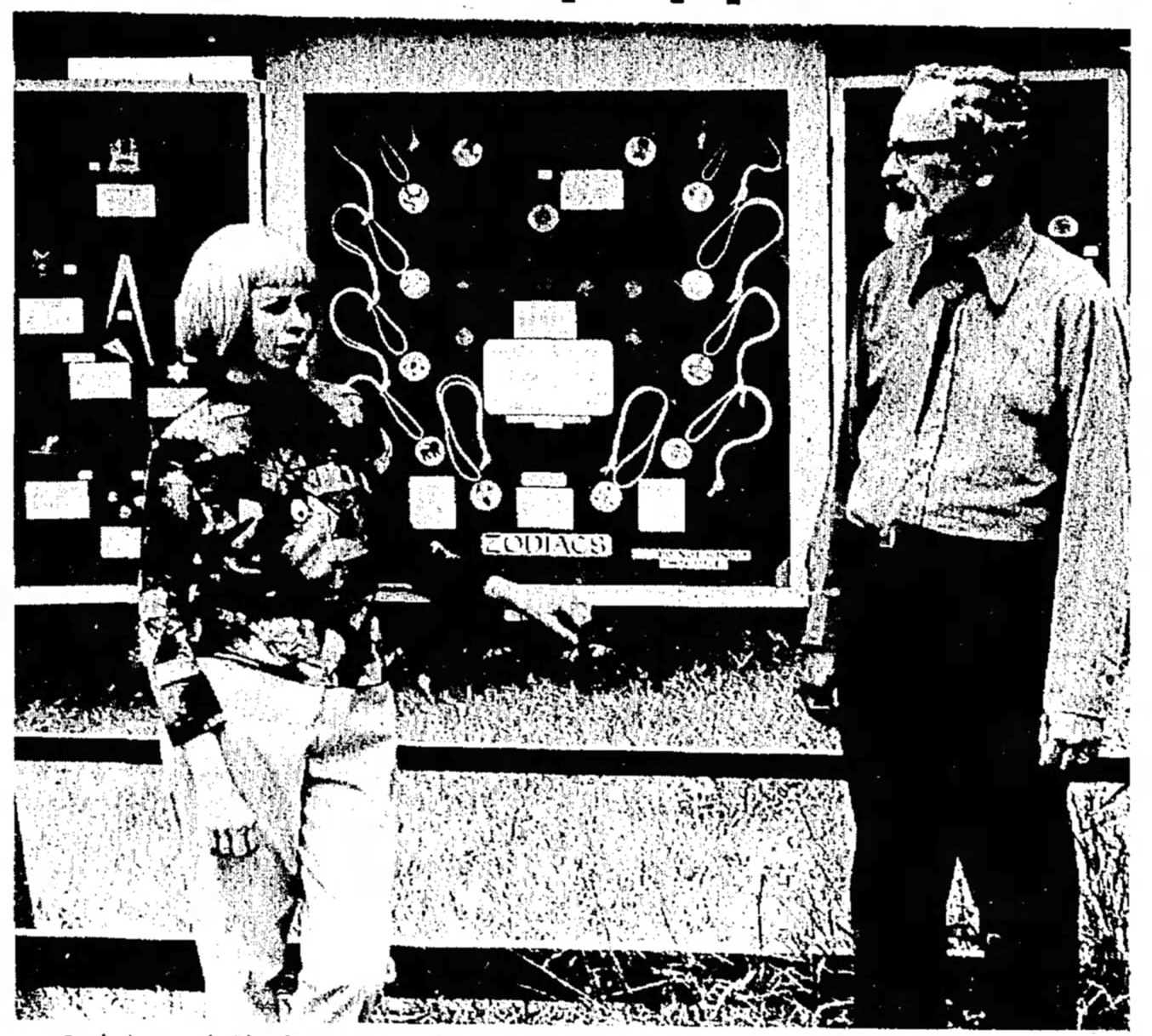
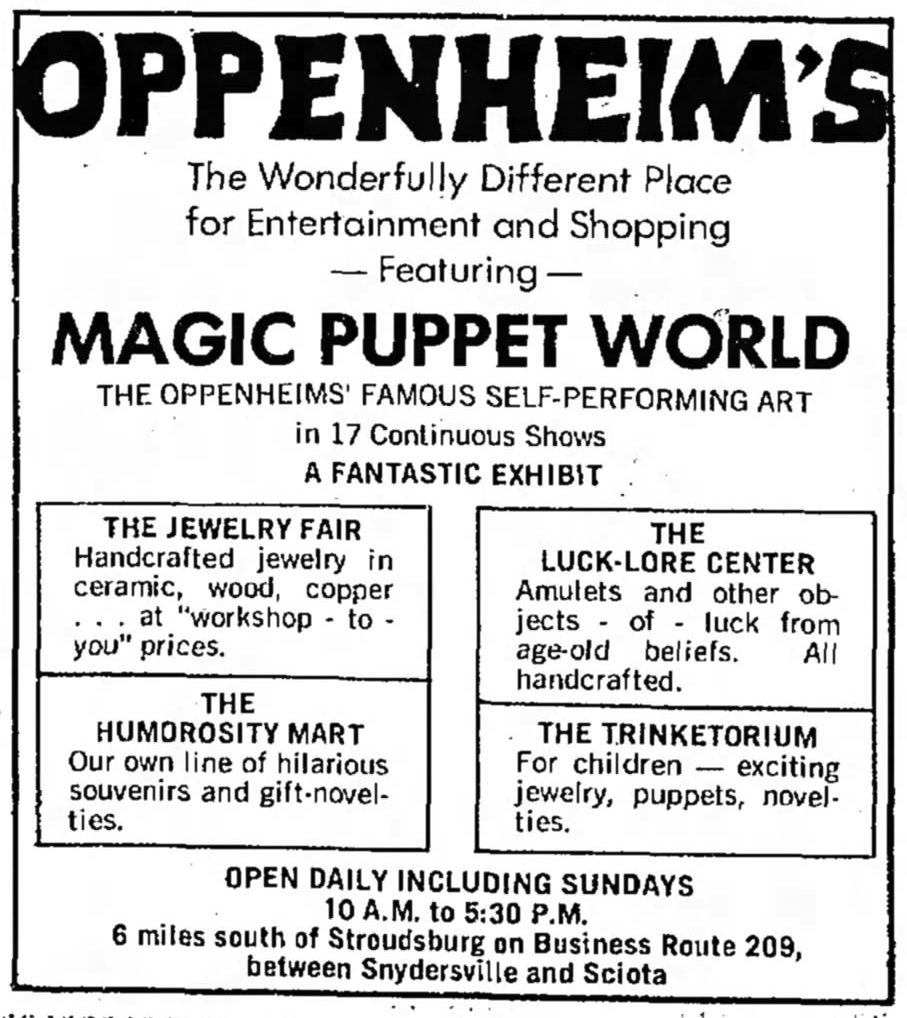
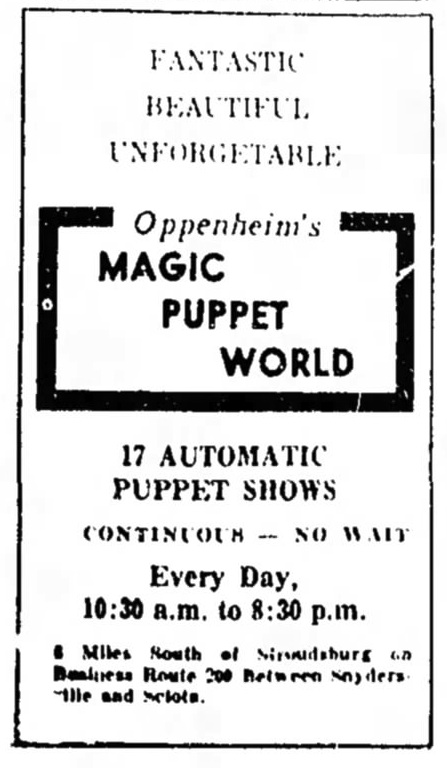
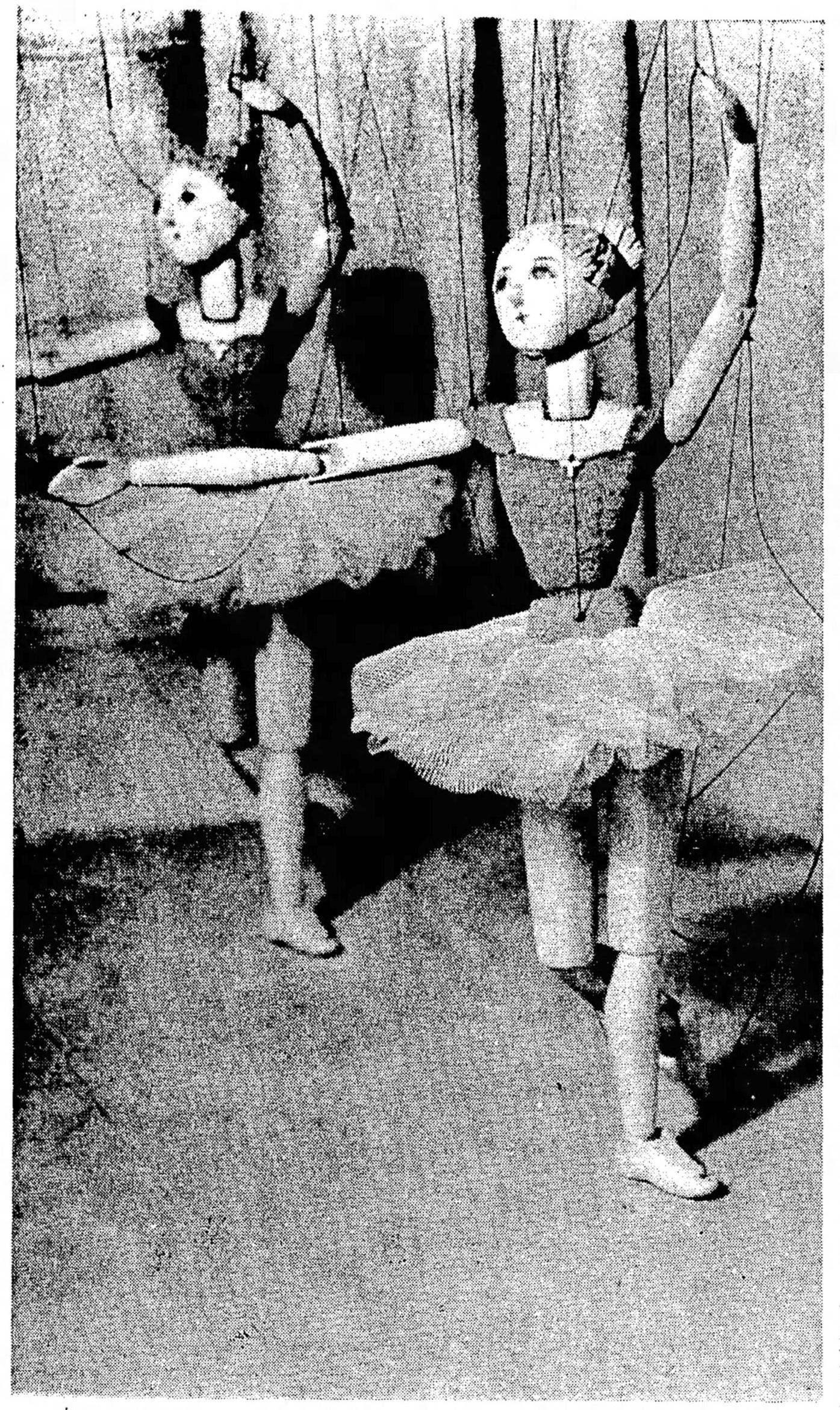
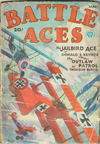



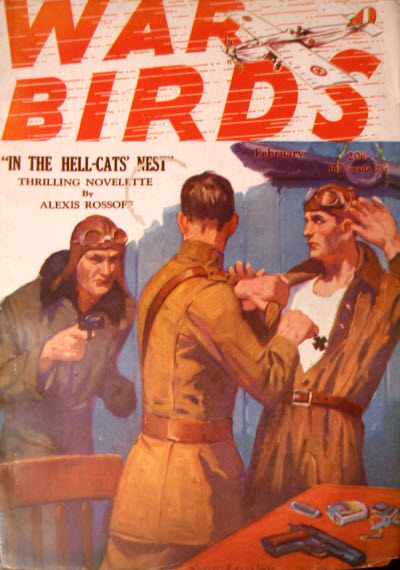 the third of three Three Mosquitoes stories we’re presenting this month. This week Kirby is hand-picked to to currier valuble war plans from Paris to Colonel Drake at his own drome. Sounds easy enough—but nothing is ever easy when there are more spys from imperial inteligence than frenchmen on the route. And Kirby is told he must either deliver the plans or make sure they are utterly destroyed if they fall into enemy hands! It’s another exciting tale of Ralph Oppenheim’s The Three Mosquitoes that originally ran in the February 1929 number of War Birds magazine!
the third of three Three Mosquitoes stories we’re presenting this month. This week Kirby is hand-picked to to currier valuble war plans from Paris to Colonel Drake at his own drome. Sounds easy enough—but nothing is ever easy when there are more spys from imperial inteligence than frenchmen on the route. And Kirby is told he must either deliver the plans or make sure they are utterly destroyed if they fall into enemy hands! It’s another exciting tale of Ralph Oppenheim’s The Three Mosquitoes that originally ran in the February 1929 number of War Birds magazine!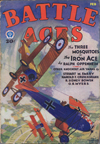
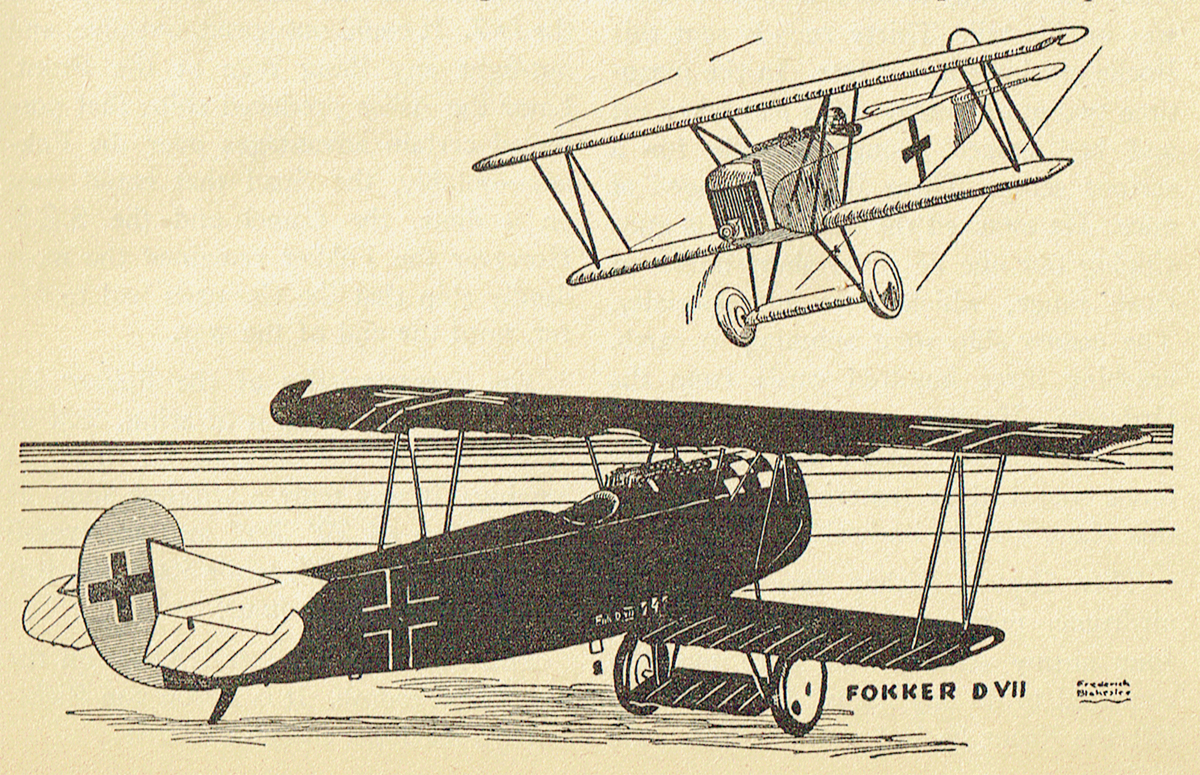
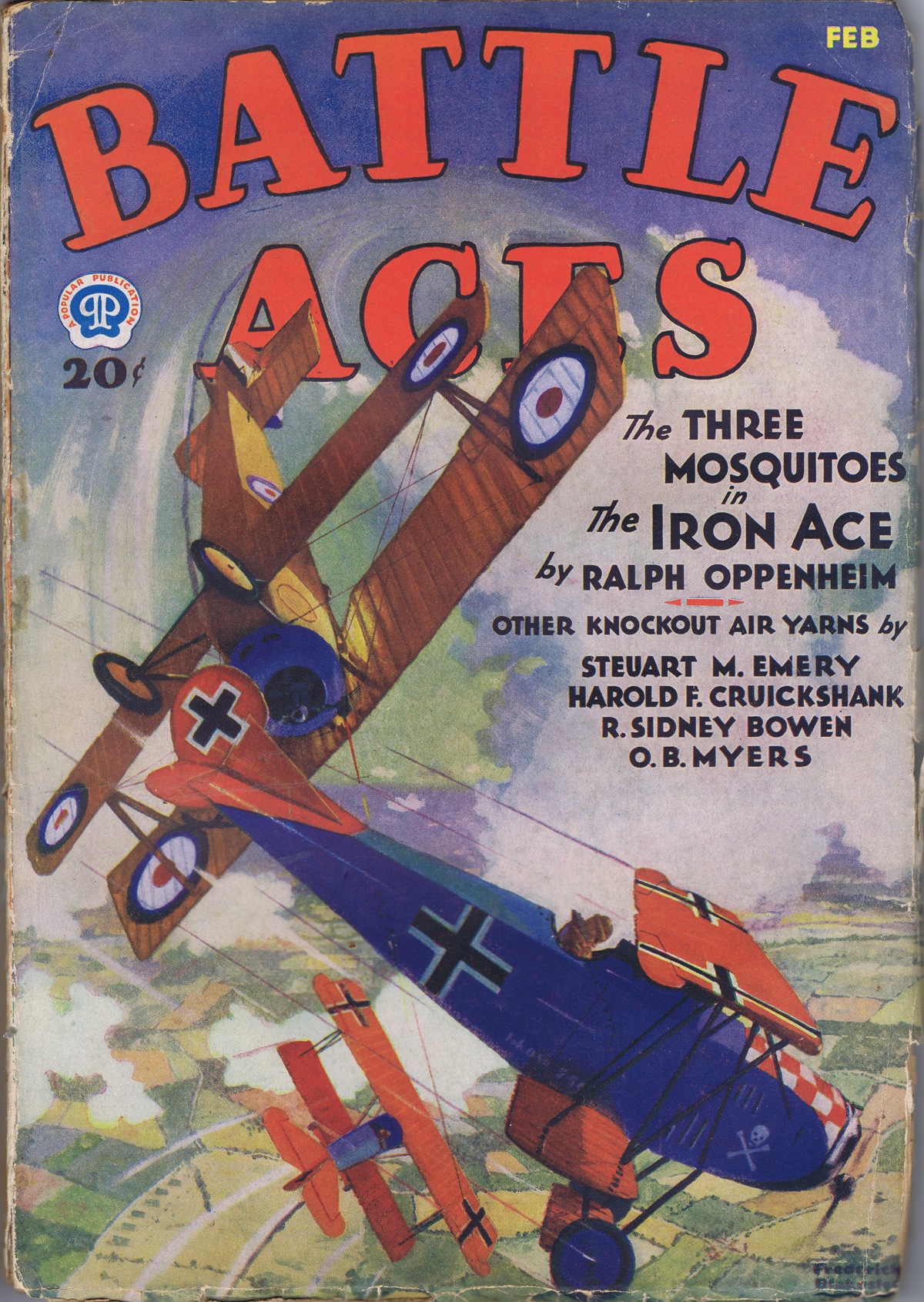
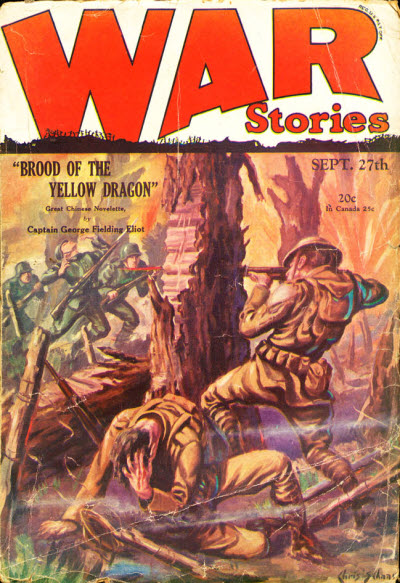 the second of three Three Mosquitoes stories we’re presenting this month. This week Kirby is tasked with flying a spy over the lines who as is usually the case, actually a german spy masquerading as a G-2 agent. When Shorty Carn and Travis realize what has happened, will they be able to reach Kirby in time? Find out in Ralph Oppenheim’s “Passengers of Death” originally published in the September 27th, 1928 issue of War Stories!
the second of three Three Mosquitoes stories we’re presenting this month. This week Kirby is tasked with flying a spy over the lines who as is usually the case, actually a german spy masquerading as a G-2 agent. When Shorty Carn and Travis realize what has happened, will they be able to reach Kirby in time? Find out in Ralph Oppenheim’s “Passengers of Death” originally published in the September 27th, 1928 issue of War Stories!
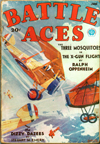
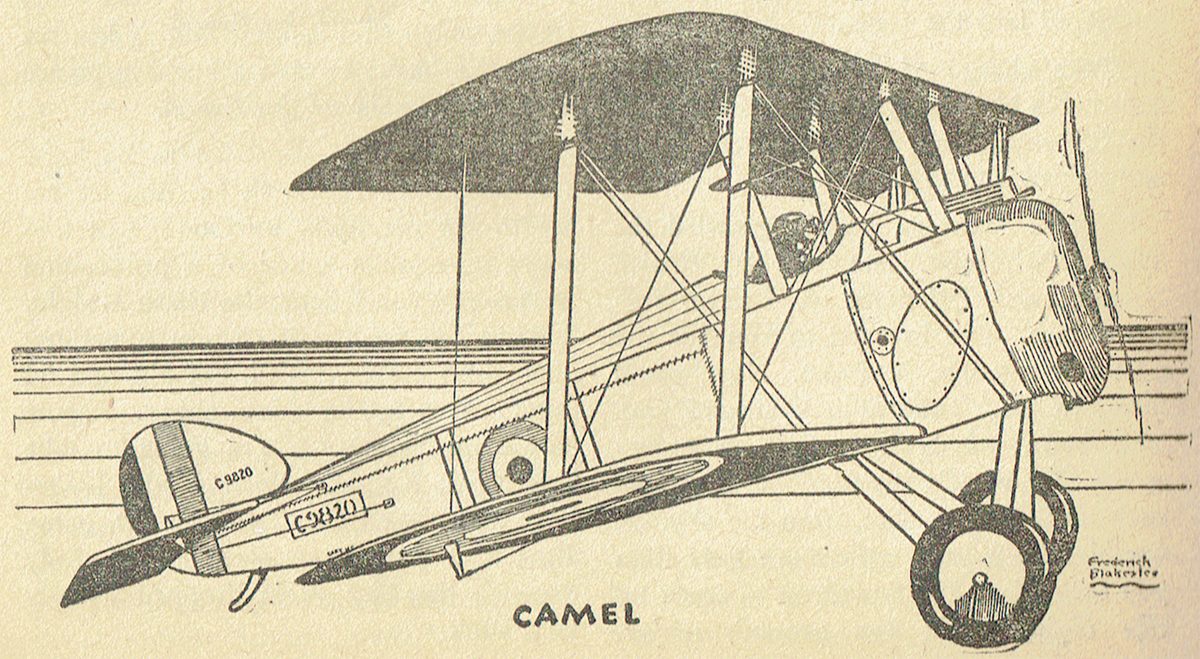
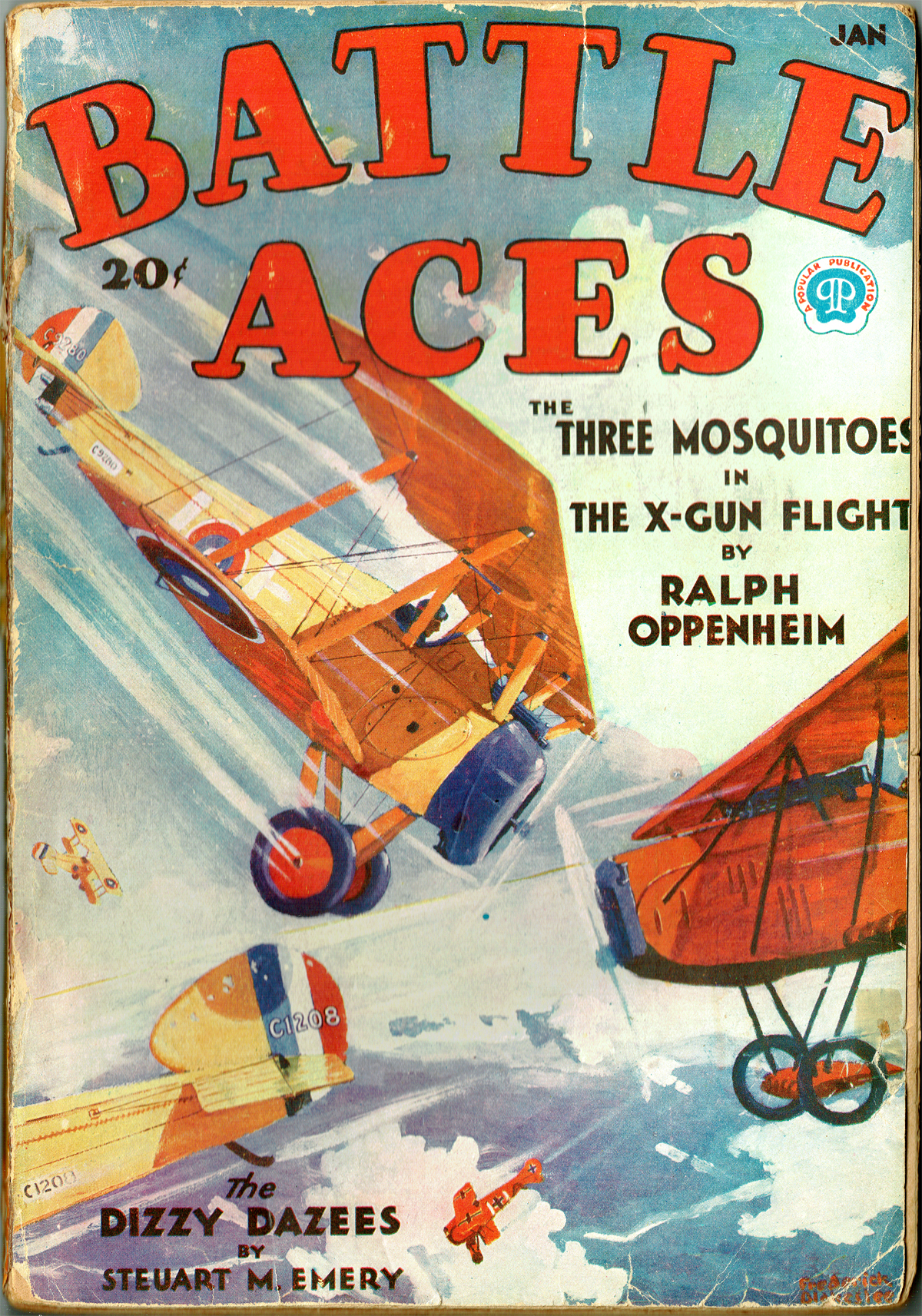

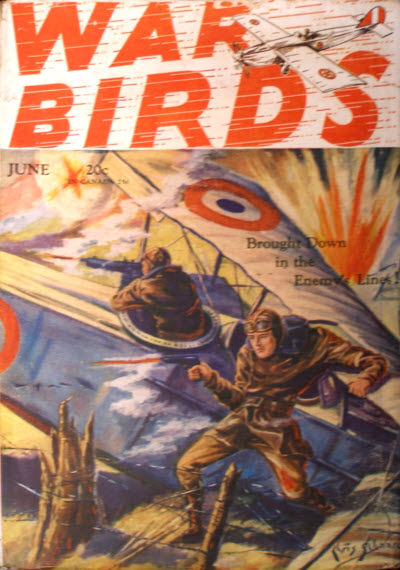 Mosquitoes, and to help get through the cold winter months, at Age of Aces dot net it’s Mosquito Month! We’ll be featuring that wiley trio in three early tales from the Western Front. This week we have the classic “Two Aces ~ and a Joker” in which Kirby takes on a lone enemy plane while returning from a mission. The two crash and Kirby and the Boche flyer strike up an uneasy truce until they find out which side of the lines they are on and who is whose prisoner!
Mosquitoes, and to help get through the cold winter months, at Age of Aces dot net it’s Mosquito Month! We’ll be featuring that wiley trio in three early tales from the Western Front. This week we have the classic “Two Aces ~ and a Joker” in which Kirby takes on a lone enemy plane while returning from a mission. The two crash and Kirby and the Boche flyer strike up an uneasy truce until they find out which side of the lines they are on and who is whose prisoner!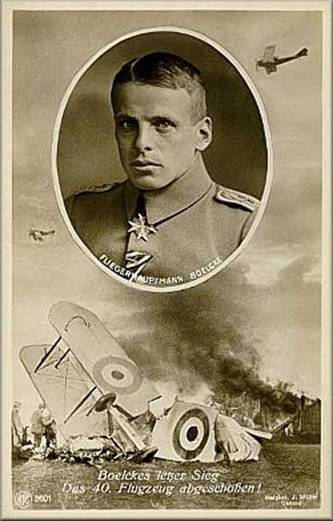 Back with another of Eugene Frandzen’s “Lives of the Aces in Pictures” from the pages of Flying Aces Magazine. The series ran for almost four years with a different Ace featured each month. This time around we have the January 1935 installment featuring the illustrated biography of
Back with another of Eugene Frandzen’s “Lives of the Aces in Pictures” from the pages of Flying Aces Magazine. The series ran for almost four years with a different Ace featured each month. This time around we have the January 1935 installment featuring the illustrated biography of 